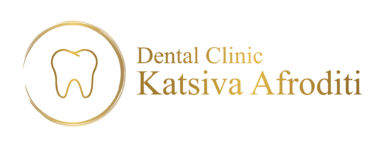The significant progress in dental technology has opened up new horizons for delivering high-quality care to patients. Teledentistry stands out as one of the most impressive examples, allowing dentists to communicate and provide care remotely. Through the use of online platforms and specialized applications, patients can receive advice and submit questions to their dentists, while practitioners can even perform certain treatments remotely.
Moreover, the application of artificial intelligence in diagnosing dental problems has revolutionized how they are managed and addressed. Using systems that employ machine learning algorithms, artificial intelligence can detect issues such as periodontitis and gum disease with great accuracy and speed. This enables dentists to react promptly and prevent the progression of problems.
Furthermore, advancements in dental equipment enable the provision of care even in areas with limited access to medical services. The use of lightweight and portable devices, along with the application of vacuum pumps and battery power supply, allows dentists to deliver care even in environments with restricted access to electricity.
With these innovations, the dental community is moving towards a future where healthcare delivery is more accessible, effective, and flexible. This means that more people will have the opportunity to enjoy the benefits of healthy and functional oral health, while dentists will have the tools they need to provide optimal care to their patients. Additionally, these technological innovations facilitate the training of medical personnel and contribute to ensuring continuous professional development.
In conclusion, innovations in dental technology bring about positive changes in various areas, from improving the quality of care to facilitating access to healthcare. In this way, technology shapes a future where oral health is accessible, effective, and personalized for each patient, thereby highlighting its significant role in improving quality of life and overall health.
